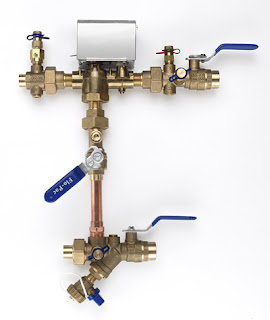In March of 2011, a devastating earthquake - the most powerful known earthquake ever to have hit Japan - triggered a tsunami whose waves reached heights of up to 133 feet and traveled up to six miles inland. The devastation caused by the tsunami affected thousands and caused serious damage to most of what stood in its way.
At the Fukushima Daiichi Nuclear Power Plant complex, the destructive power of the waves rendered the backup diesel generators used to cool the reactors useless. It also and caused three large explosions along with radioactive leakage at three of the six reactors in the complex. The disaster at the plant inspired the German government, a leader in solar panel and solar energy adoption, to move toward a safer and more eco-friendly model for their country’s energy needs.
Germany’s Initiative
Since the 2011 Japanese tsunami, the German government has implemented the following measures to move more towards a reliance on solar panels.
- An initiative to close all nuclear power plants in the country by the year 2022.
- Close eight out of the seventeen in the country immediately.
- Replace the eight closed nuclear power plants with renewable energy sources such as wind, solar and biomass.
Results
Just over a year after the introduction of the proposed changes in Germany, the initiative’s huge success is becoming a reality. The country has seen a number of successes.
- On May 26, 2012, solar generators broke a world record by generating twenty-two gigawatts per hour.
- In this time, solar energy generated the same amount of energy that twenty nuclear power plants at full capacity would have.
- Solar energy also met nearly fifty percent of the country’s midday electrical needs.
- The twenty-two gigawatts per hour resulted in an increase of eight gigawatts per hour from a year ago (when fourteen gigawatts per hour were generated).
The impact traditional sources of energy have had so far on the planet - and the need for more cost-efficient ways of producing energy to power our daily lives - have generated a growing awareness in the importance of adopting renewable energy sources. Beyond nations with large-scale projects, private citizens around the world have also shown interest in having a lesser impact on the environment and eliminating electric bills.
For more information on the benefits of solar energy from a leading provider of San Diego solar panels, visit Solaire Energy Systems online.






